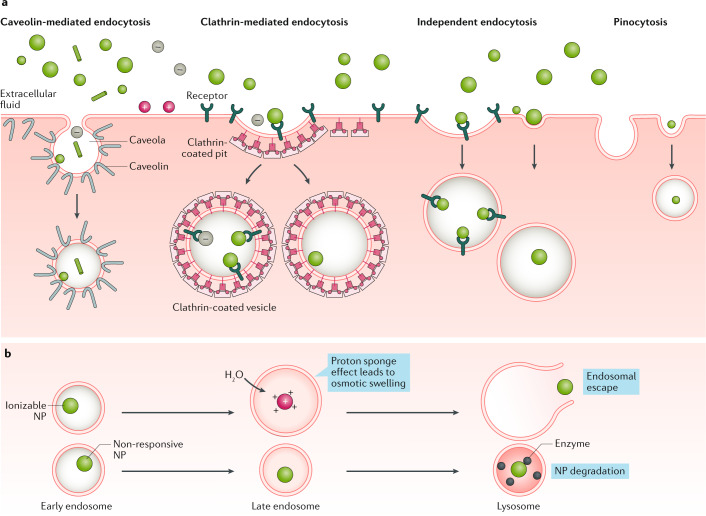Fig. 4. Common uptake pathways that ultimately determine NP fate within a cell.
a | Upon interaction with the cell surface, nanoparticles (NPs) — depending on their surface, size, shape and charge — are taken up by various types of endocytosis or pinocytosis via non-specific interactions, such as membrane wrapping, or specific interactions, such as with cell surface receptors. b | Once they have entered the cell, NPs remain trapped within vesicular compartments, or endosomes, that feature various characteristics such as internal or external receptors. To achieve functional delivery, most NPs must escape from these compartments before they acidify. Thus, responsive NPs — such as ionizable NPs that become charged in low-pH environments — aid in endosomal escape and allow for intracellular delivery whereas unresponsive NPs often remain trapped and are destroyed by lysosome acidity and proteolytic enzymes.

